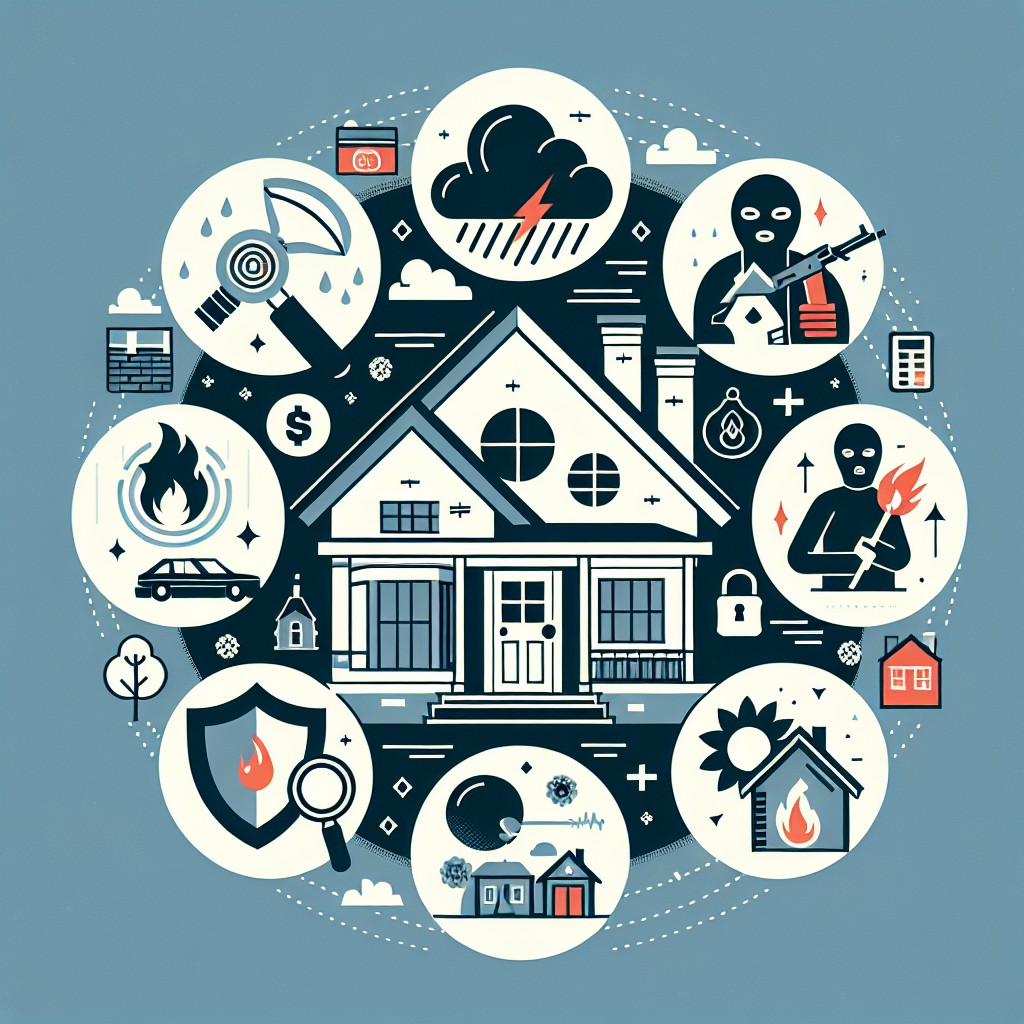Filed under Home Insurance on
Understanding Shelter Home Insurance Coverage Basics

When you're safeguarding your home, understanding shelter home insurance coverage basics is essential. This type of insurance stands as a critical line of defense for homeowners, ensuring that when disaster strikes, you can recover without devastating financial setback. However, navigating through the myriad of insurance terminologies and policies can be overwhelming. In this article, we will break down the essentials of shelter home insurance, explaining what it covers, why it's indispensable, and how to choose the best policy for your needs.
What is Shelter Home Insurance?
Shelter home insurance, commonly referred to as homeowners insurance, is a policy designed to protect your home and personal belongings. The primary goal of this coverage is to provide financial protection against unforeseen events such as natural disasters, theft, and accidents. While no one anticipates these incidents, having shelter home insurance ensures that you're prepared for unexpected losses.
Key Components of Shelter Home Insurance
Understanding the basic components of shelter home insurance can help you make an informed choice. Typically, a comprehensive policy includes:
- Dwelling Coverage: This covers the physical structure of your home, including walls, roof, and built-in appliances.
- Other Structures: Protection for structures not attached to your home like garages, sheds, or fences.
- Personal Property: This compensates for theft or damage to personal belongings within your home.
- Liability Protection: Covers legal expenses if someone is injured on your property.
- Additional Living Expenses (ALE): Provides financial assistance for temporary living costs if your home becomes uninhabitable due to a covered event.
Why Do You Need Shelter Home Insurance?
No matter where you live, certain risks come with owning a home. From natural disasters like hurricanes and earthquakes to human-induced issues such as burglary and accidents, unforeseen events can happen at any time. Shelter home insurance acts as a safety net, offering financial support so you can recover losses without affecting your long-term financial well-being.
Protection Against Natural Disasters
Geographical location significantly influences the types of coverage you might need. For instance, homes in hurricane-prone areas may require additional flood insurance. Understanding shelter home insurance coverage basics can guide you in tailoring a policy to fit the unique risks associated with your region.
Financial Security
Investing in a shelter home insurance policy offers peace of mind. In the event of a catastrophe, rebuilding costs and the replacement of personal belongings can run into thousands of dollars. Without adequate coverage, these expenses would fall entirely on you. A suitable insurance policy ensures that you're not left struggling financially during an already stressful time.
How to Choose the Right Shelter Home Insurance
With numerous providers and policy options, selecting the right shelter home insurance can seem daunting. Here are some tips to help guide your decision:
Evaluate Your Home's Value
Begin by accurately assessing the value of your property and belongings. This step is crucial in determining the amount of coverage you need, ensuring that you're fully protected under any circumstances.
Compare Different Policies
It's advisable to obtain quotes from several insurance providers. Pay attention to what each policy covers and any additional endorsements or riders they might offer. Understanding the shelter home insurance coverage basics across different plans can illuminate the best features of each option.
Read Reviews and Ask Questions
Research customer reviews and ratings for each insurance company. Speaking to friends or family about their experiences can also offer valuable insights. Don't hesitate to ask potential providers about what is included in the policy and any possible exclusions.
Consider the Deductible
A deductible is the amount you pay out of pocket before your insurance kicks in. While a higher deductible can mean lower premiums, ensure it's an amount you can afford during a crisis. Understanding the balance between deductibles and premiums is part of grasping the shelter home insurance coverage basics.
Industry Trends and Expert Opinions
The insurance industry is continually evolving, and staying informed of current trends is advantageous for any homeowner. Some emerging patterns include:
Technological Advancements
As technology progresses, many insurance companies employ digital tools to streamline claims processing and enhance customer experience. Using apps and online platforms, homeowners can quickly file claims, monitor their status, and receive updates in real-time. Embracing these advancements can make managing shelter home insurance more efficient.
Climate Change Considerations
With the increasing frequency of natural disasters attributed to climate change, insurance providers are adapting their products to cover a broader spectrum of risks. Industry experts recommend revisiting your policy annually to understand how changes in climate might affect your risks and coverage needs.
Conclusion
Comprehending the intricacies of shelter home insurance coverage basics is crucial for any homeowner striving for comprehensive protection. While no one wishes to face the misfortune of a home-related disaster, preparation is key to mitigating loss and maintaining financial stability. By evaluating your needs, comparing policies, and staying attuned to industry trends, you can secure a reliable insurance plan that offers the peace of mind your home deserves.
If you're considering a new policy or reassessing your current one, taking the time to understand shelter home insurance coverage thoroughly can be one of the most impactful steps you take towards safeguarding your financial future.





